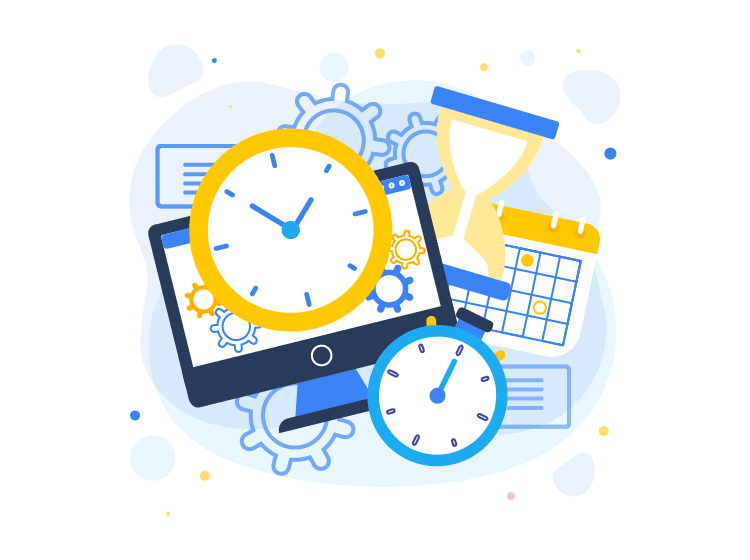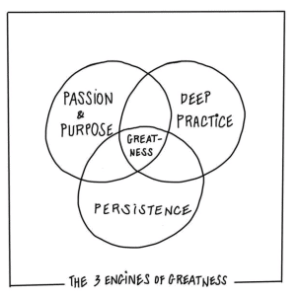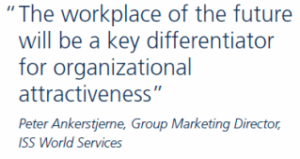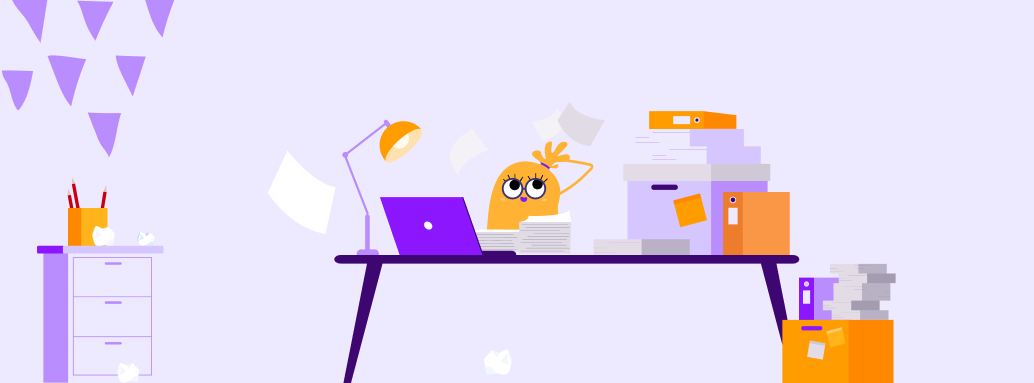Empowering childcare centres with tools to simplify operations and enhance outcomes
Automate payments, manage subsidies, and ensure financial accuracy with ease.
Effortless communication between families and educators for instant updates, messages, collaboration, and conversations.
Track, document, and celebrate every milestone in a child’s journey.
Simplify enrolment, manage waitlists, and track attendance effortlessly.
Streamline scheduling, performance tracking, and team communication.
Keep families informed with real-time updates and daily reports.
Discover how Parent can transform your childcare centre’s operations
Access a variety of tools, guides, and insights to help you get the most out of Parent
Stay updated with industry trends, expert advice, and childcare management tips.
See how childcare centers like yours achieved success with Parent.
Find quick answers to the most common questions about Parent's features and services.
Join live sessions or watch on-demand webinars for in-depth guidance and tips.
Get step-by-step support with articles, guides, and troubleshooting resources.


“The future is not something we enter. The future is something we create.” – Leonard I. Sweet, Writer, Teacher & Preacher.
“Software in our creche? But of course, we use software,” I hear you say. “After all – we use Microsoft Office, e-mail, and we even have a financial management and invoicing package!”
In fact, if you are sufficiently large and successful as a preschool or childcare center you may even be using some modules of a more sophisticated (and expensive!) enterprise resource planning (ERP) system, like SAP, or Oracle.
Is this sufficient? Well, employing childcare management software like Parent™ is a better choice that sets carers free. But to answer that more thoroughly we need to take a step back and look at the bigger picture.
Firstly, you can probably run a childcare center without any software at all. I mean – that’s how it worked 20 or 30 years ago, right? Especially if you’re running a small setup, it should be quite possible. Difficult, but possible. We’ll return to this a bit later.
Second, we are right in the throes of the so-called Fourth Industrial Revolution, or then 4IR for short. What exactly is the 4IR? The Founder and Executive Chairman of the World Economic Forum, Klaus Schwab, succinctly elaborates on this concept in his recently published book on the subject.
He defines the four industrial revolutions as follows:
It is within this new, and sometimes scary, world that most Childcare Centers find themselves operating in nowadays.
Furthermore, as Schwab states towards the end of his book:
“The fourth industrial revolution renders technology an all-pervasive and predominant part of our individual lives, and yet we are only starting to understand how this technology sea-change will affect our inner selves. Ultimately it is incumbent upon each of us to guarantee we are served, not enslaved by technology. At a collective level, we must ensure that the challenges technology throws at us are properly understood and analyzed. Only in this way can we be certain that the fourth industrial revolution will enhance, rather than damage, our well-being.“.
So, this is an exciting and challenging time to live in, but also a time where one has to ensure that one is not overwhelmed by all the changes coming at one, especially as far as the management of information and data is concerned (not to mention fake news!).
And this is where the proper application of the software is so important, especially within the child care environment.
It is a tool, or as the heading of this article states – a sine qua non for effectively and efficiently running our child care centers within the era of the fourth industrial revolution (sine qua non is just a fancy Latin saying for something that is essential/that we cannot do without).
Let us, therefore, take a closer look at the concept of software (and management information).
Aim
The aim of this article is to provide an overview of the importance of utilizing proper software to optimize the productivity4 of your childcare center.
To start with, let’s quickly look at two words in the preceding paragraphs that you may just have quickly glossed over, perhaps without even noticing them – effectiveness and efficiency.
For the rest of this article to make sense it is important that we get a good handle on what these two terms really mean.
Effectiveness, in short, means doing the right things. In other words, it is having a good strategy and pursuing the correct objectives to make your organization work. For a daycare center, it means, for example, having a proper health and safety approach in place, well-trained teachers, and a proper management information system.
There may be many other objectives for your daycare.
Efficiency, on the other hand, means doing things correctly. So – you may indeed have a proper management information system in place; you may indeed have well-trained teachers, and you may have a proper health and safety approach in place.
BUT – are these “things” working properly?
How do you know whether they are?
How do you measure and track performance?
Do you have proper management information (that you can trust in terms of accuracy) that you may access in real-time to see where the gaps in your establishment are, or in people’s performance?
And what about the parents? Are they happy, or do you manage them by exception – in other words, you accept they are happy until somebody complains?
Many companies over the last century have gone out of business because they ASSUMED their customers were happy, just because they did not receive complaints.
Silence does not equal a satisfied customer! At best, it equals a complacent customer or one who is scared to disturb the status quo because he/she has no other option (nowhere else to take their child, for example).
It is especially with ensuring efficiency that we need proper management information in our Child Care Centers. So, what then is a Management Information System (MIS)?
Management information systems are tools used to support processes, operations, and IT. MIS tools (software) move data and manage information.
MIS produces data-driven reports that can help preschool, child care, and daycare centers make the right decisions at the right time. The concept includes what computers can do in this field, how people (teachers and other role-players) process information, and how best to make it accessible and up to date.
The earliest forms of management information software were usually spreadsheets, like Excel or the old Lotus 1-2-3, and many organizations still rely on only that. The environment has, unfortunately, become too complex to manage by spreadsheet only.
It (managing data) has become a science in its own right, with many categories and associated software.
In fact, it is our contention that to maximize the total value eco-system (within which the daycare operates), software within the early years’ education center environment must deliver better management of child care processes, experiences, personnel, and relationships with parents and other end-users.
Such systems need to offer proactive, service-centric approaches that reflect, support, and improve the organization’s strategic objectives, brand, culture, and workplace productivity across the entire range of the Care center’s activities.
The major categories of systems include the following (this list is not exhaustive):
In the next section, we look at specific advantages of management information systems within the Child Care center environment.
There are many benefits that come with applying MIS. Some of these benefits help make work easier for principals, while the rest of them help the organization and other stakeholders, like teachers and parents.
Let’s take a closer look and see what you stand to gain from having an MIS.
However, with introducing new technology within your Child Care center comes new challenges, not least of which may be some level of resistance to change by some staff members.
One of the biggest obstacles to overcome when selecting the right childcare management software and implementing any new system, but especially new software is resistance to change by employees. And hey – even by parents, where relevant! After all, we are not all equally PC-literate.
This is of course becoming less of a problem nowadays as we are all immersing ourselves deeper and deeper into the 4IR.
The noted Belgian author and speaker, Jeroen de Flander, elaborates on this to a large extent in his book, The Art of Performance.
Now, the aim of this article is not really to talk about overcoming resistance to change – perhaps that may be the focus of a future article, but there are some important pointers that we get from De Flander in this regard.
The one thing that De Flander says, and which he firmly believes in, is that talent – knowledge, and skills – are developed.
So, as far as the nature versus nurture argument is concerned, he firmly believes in nurture. It, therefore, means that ANY skill can be learned! This includes software.
And to do this he promotes a scheme that focuses on three areas:
When all three of these elements are adhered to, as indicated in the below schematic, it leads to Greatness!

So, how do you overcome this resistance to change?
Firstly, by developing the passion and purpose in your people, and let’s face it – most pre-school teachers have this passion and love for their calling.
One only must illustrate how much easier an MIS will make their lives, allowing them to focus primarily on their first love, i.e. interacting with children. Then it is just sticking with it (persistence) and practicing.
The reason why most people are loath to try new software is that they think (a) it is complicated, and (b) that they will break something.
By telling them that they cannot break the software by practicing, and by also taking the lead (as the principal) in adopting the software, they are likely to come around quickly.
Most MIS systems are actually very simple and intuitive to operate nowadays.
In the opening paragraphs of this article, we posed the question of whether you can run a preschool, child care, and daycare center without the use of any software at all. Or then, without any sort of MIS.
I think we have illustrated throughout this document that, yes, it may technically be feasible if you are a small setup, but even then, considering the demands that the 4IR places on us, the demands to be competitive with other centers, the demand to satisfy our primary stakeholders, i.e. parents optimally, and quite frankly, based on the demand to continually improve on our own levels of productivity and the need to provide society with children that are school-ready – all these factors make for an increasingly cogent case for using proper MIS and related childcare management software within your daycare center. In fact, we see this as a non-negotiable imperative within the next five years for ALL child care centers (yes – a sine qua non).
Maybe you need to keep to a tight budget when you begin, but you should eventually invest in some quality tools as soon as you have the funds. If this is where we are all heading anyhow, why not get in on the action as early as possible?

Anyway, whatever approach you should want to consider – talk to us! We at Parent™ are ready to receive your calls or messages and will gladly assist! Parent™ is here to set carers free.
Parent™ is a lead childcare management solution. Our platform has been embraced by childcare providers across seven countries, supports multiple languages and curriculums. We are committed to creating positive partnerships between parents and their childcare centers, allowing you to spend more time nurturing each child in your care.
Cummings M. and Haag S. Management Information Systems for the Information Age. 2013. McGraw-Hill Professional.
De Flander, J. The Art of Performance: The Surprising Science Behind Greatness. 2019. The Performance Factory. Brussels, Belgium.
Flavin, B. How to Run a Daycare: 9 Tips to Make Your Life Easier. February 2017.
https://www.rasmussen.edu/degrees/education/blog/how-to-run-a-daycare/ (accessed on 31 January 2020).
https://www.cleverism.com/management-information-systems-mis/ (accessed on 30 January 2020).
https://bizfluent.com/list-6772957-management-information-systems-tools.html (accessed on 30 January 2020).
ISS 2020 Vision: New Ways of Working – The Workplace of the Future. 2013. Denmark. Schwab, K. The Fourth Industrial Revolution. 2016. Penguin Random House, UK.


